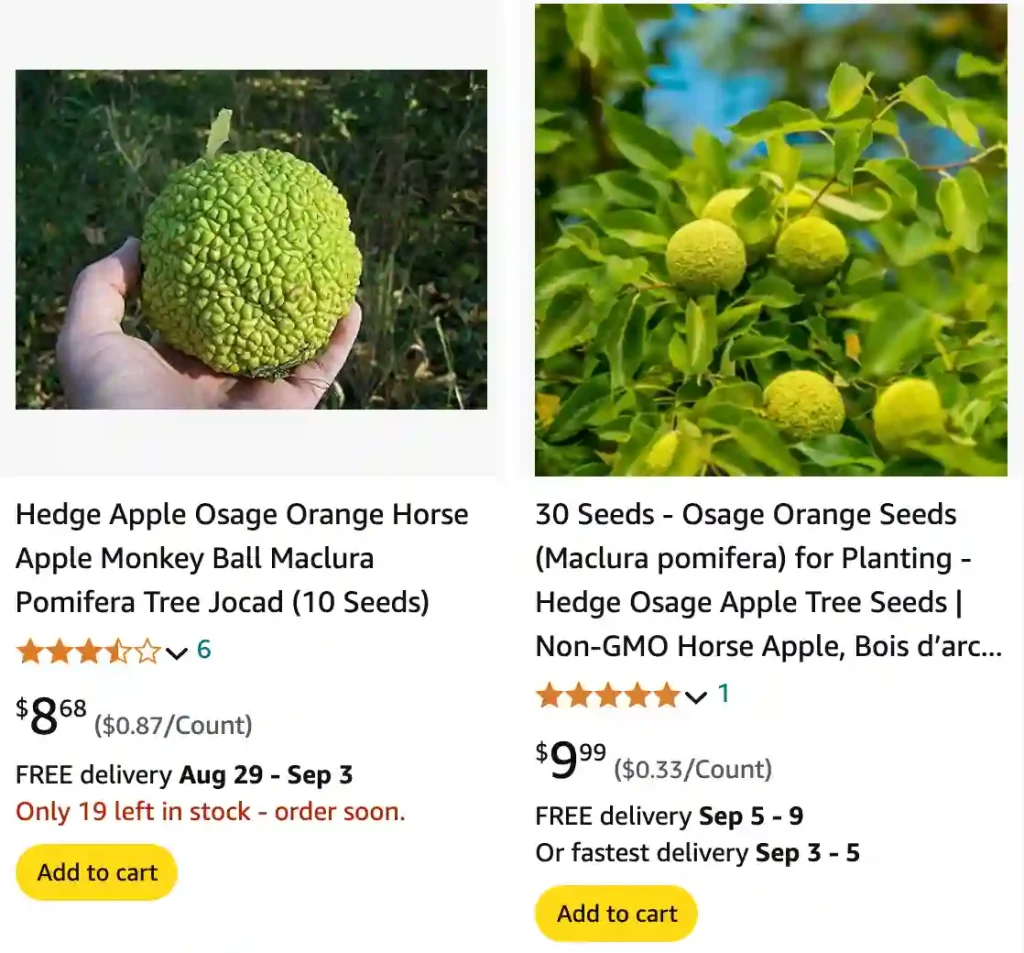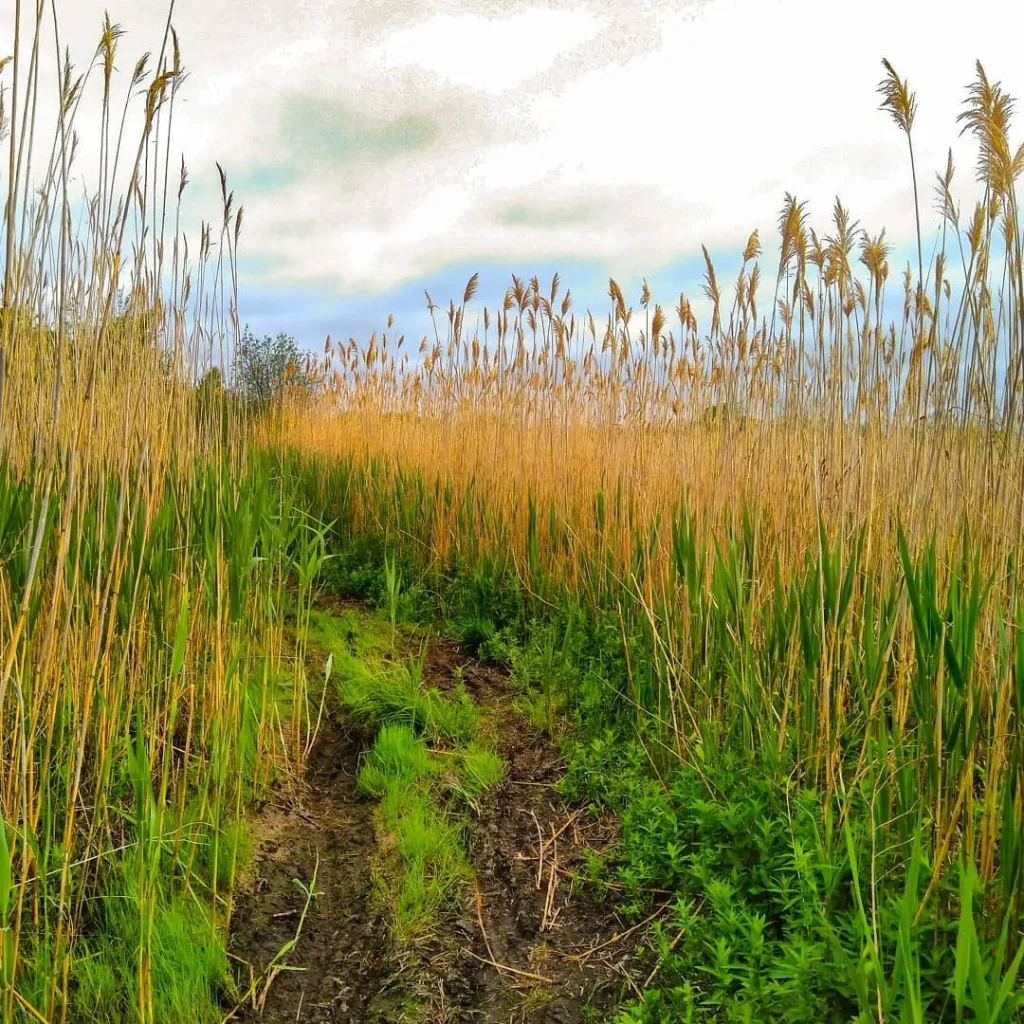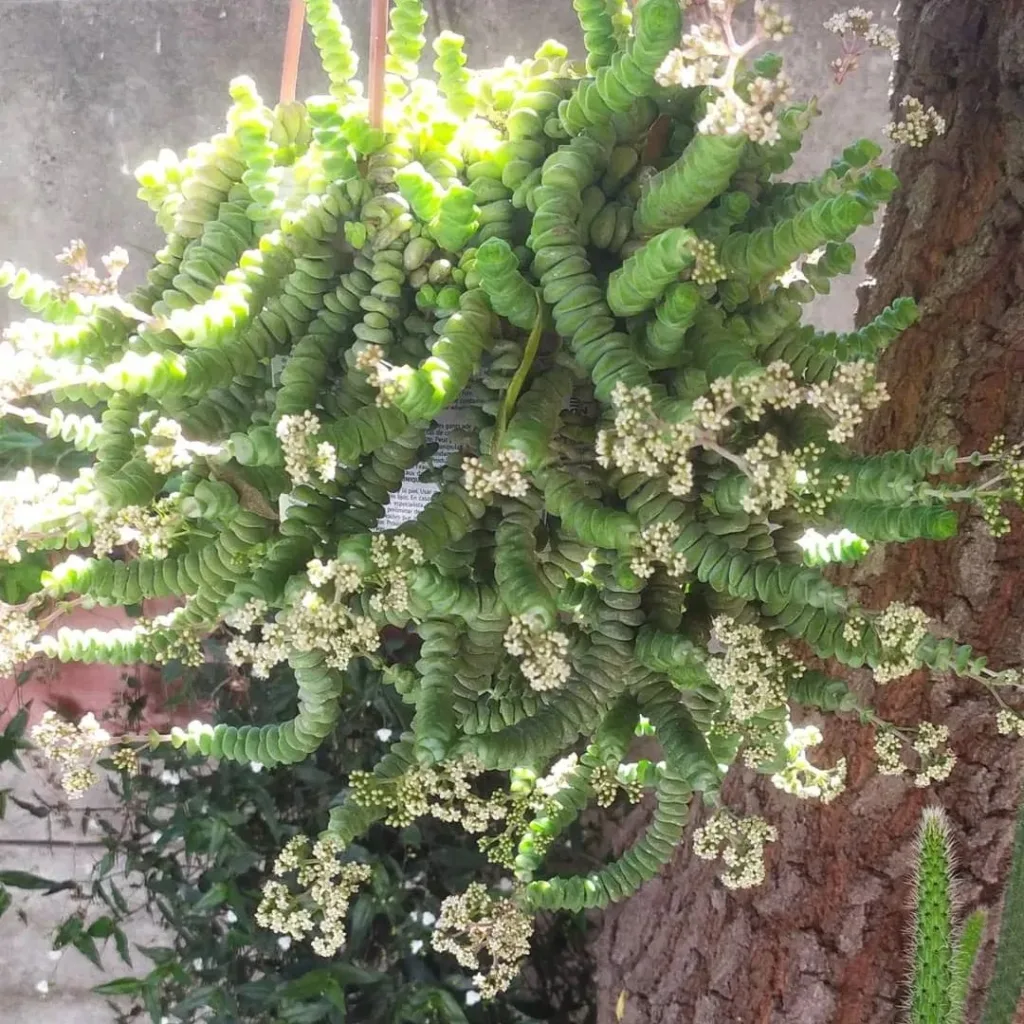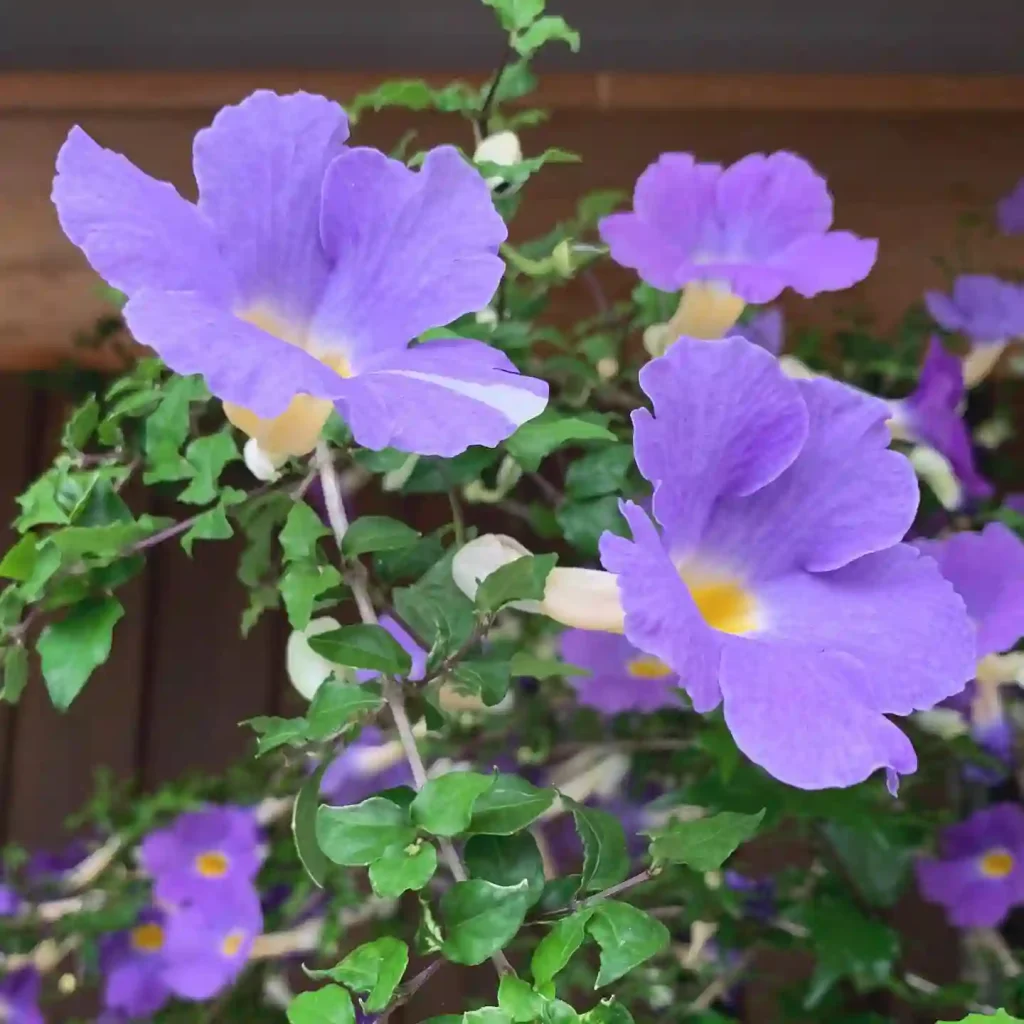
What is a Hedge Apple?
When people first encounter a Hedge Apple, they often wonder, “What is a Hedge Apple?” This unusual fruit, also known as Osage Orange, is the fruit of the Osage Orange tree (Maclura Pomifera). The name “Hedge Apple” comes from its historical use in hedgerows or “living fences” in the 19th century. Despite its name, the fruit is not an apple but rather a large, green, bumpy sphere, often about the size of a grapefruit.
Plant Family: 48 Genera in Moraceae
Where Can I Buy a Hedge Apple?
If you’re looking to buy a Hedge Apple, your options might be somewhat limited. These fruits aren’t commonly found in grocery stores, as they’re not typically eaten. However, you can sometimes find them at farmers’ markets, specialty stores, or even online through various retailers and auction sites. Some local nurseries might also carry them, especially in areas where Osage Orange trees are prevalent.
Can You Eat a Hedge Apple?
Technically, Hedge Apples are not toxic, but they are not edible either. The fruit is incredibly hard and has a very unpalatable taste. Eating them could lead to digestive issues, so it’s best to avoid consuming them. They’re primarily used for ornamental purposes or practical uses, rather than as a food source.
What is a Hedge Apple Good For?
So, what is a Hedge Apple good for? While the fruit itself is not edible, Hedge Apples have a variety of uses. Historically, they were used as natural pest repellents. Placing Hedge Apples around the house is believed to deter spiders and insects, although scientific evidence supporting this claim is limited. The trees are also valued for their dense, thorny wood, which is used for fence posts and other applications.
How to Eat a Hedge Apple
As mentioned earlier, it’s not advisable to eat Hedge Apples. The fruit’s tough, spiky exterior and bitter taste make it unpleasant and potentially harmful if ingested. Instead, you can use Hedge Apples for decorative purposes or as part of a natural pest control strategy.
What Do You Do with a Hedge Apple?
You can use them as a rustic decoration in your home, particularly during autumn. Some people use them in craft projects or as part of seasonal displays. Additionally, they can be placed around the home to potentially help with pest control, although their effectiveness is not scientifically proven.
Is a Hedge Apple Poisonous?
Hedge Apples are not poisonous, but they are not meant to be consumed. Their primary concern is that they are not suitable for eating due to their tough texture and unpleasant taste. Handling the fruit is generally safe, but it’s best to keep them out of reach of small children and pets to avoid any potential mishaps.
Do Hedge Apple Trees Have Thorns?
Yes, Hedge Apple trees do have thorns. These thorns can be quite sharp and are a distinguishing feature of the Osage Orange tree. They’re a natural defense mechanism for the tree, which historically helped protect the tree from herbivores.
How Fast Do Hedge Apple Trees Grow?
Hedge Apple trees are known for their rapid growth. They can grow up to 2 feet per year under optimal conditions. This quick growth rate makes them an excellent choice for creating hedgerows or living fences, which was their historical use. The trees can reach a height of 30 to 40 feet over time.
How to Grow a Hedge Apple Tree
If you’re interested in growing a Hedge Apple tree, you’ll need to start with seeds or young saplings. The trees prefer well-drained soil and full sun. Plant them in a location where they have plenty of space to grow, as they can become quite large. Regular watering and occasional pruning will help keep the tree healthy and encourage robust growth.
Is Hedge Apple Good Firewood?
Hedge Apple wood is indeed good firewood. It burns very hot and produces a lot of heat, making it an excellent choice for heating. The wood is also known for its durability, which is why it has been traditionally used for fence posts and other applications. Just be aware that the wood can be difficult to split, so it might require a bit more effort compared to other types of firewood.
Hedge Apple vs Crabapple
When comparing Hedge Apple vs Crabapple, it’s important to note that these are two very different fruits. Hedge Apples are large, bumpy, and inedible, whereas Crabapples are small, edible fruits often used in cooking and making preserves. Crabapple trees are also grown primarily for their fruit, while Hedge Apple trees are grown for their wood and as a barrier plant.
Hedge Apple vs Osage Orange
The terms “Hedge Apple” and “Osage Orange” often cause confusion. In reality, they refer to the same fruit. “Hedge Apple” is a colloquial name derived from its historical use, while “Osage Orange” is the botanical term. Both names describe the same green, knobby fruit produced by the Osage Orange tree.
Hedge Apple vs Cancer
There is no scientific evidence to support claims that Hedge Apples have any effect on cancer. The fruit is primarily used for pest control and decoration rather than any medicinal purpose. If you’re considering alternative treatments or supplements for cancer, it’s crucial to consult with a healthcare professional.
Hedge Apple vs Horse Apple
“Hedge Apple” and “Horse Apple” are also terms used interchangeably for the Osage Orange fruit. The term “Horse Apple” might be more commonly used in some regions, but it refers to the same fruit as the “Hedge Apple.” The fruit’s large, green, bumpy appearance is consistent across these names.
In summary, Hedge Apples are fascinating but not practical for eating. They have unique uses, mainly for pest control and as firewood, and are characterized by their fast growth and thorny branches. Understanding the various aspects of Hedge Apples can help you make the most of these unusual fruits in your garden or home.



